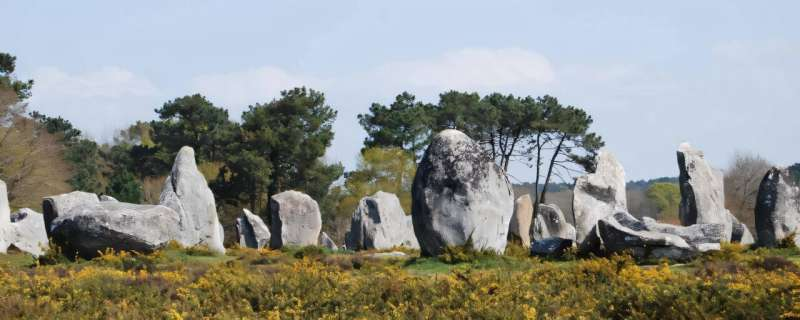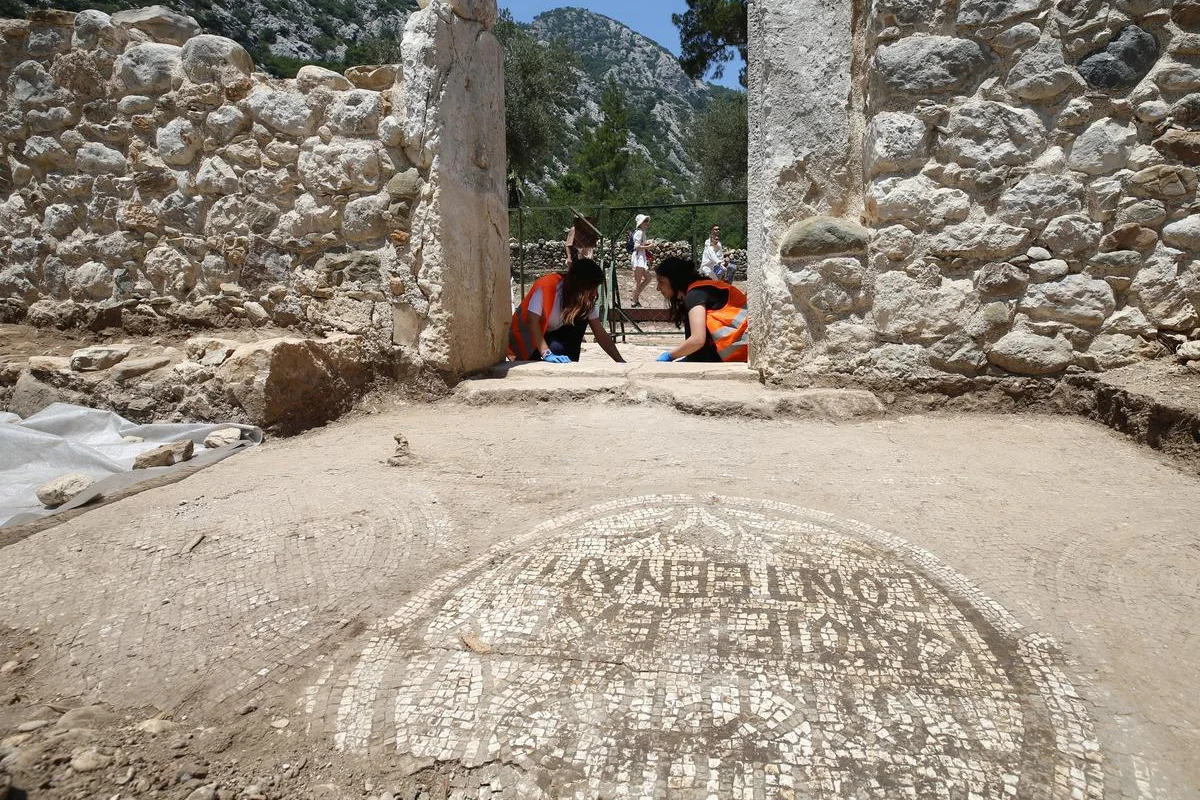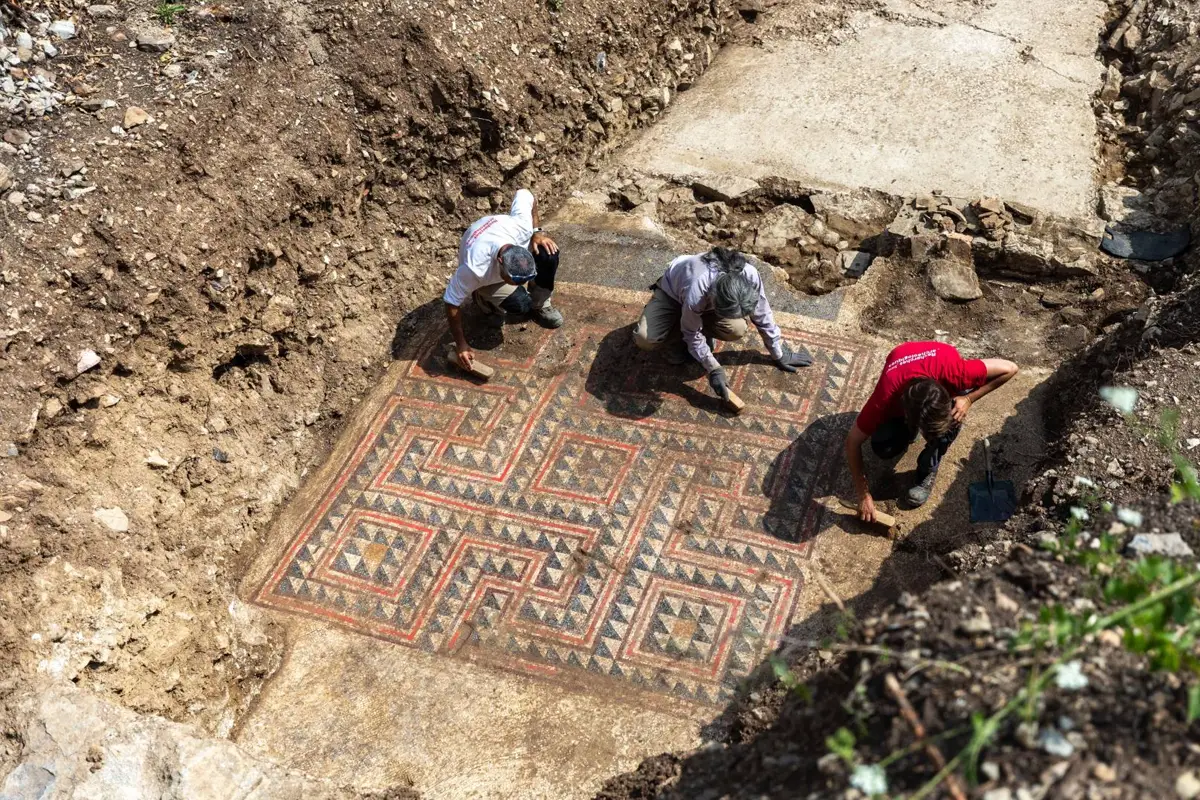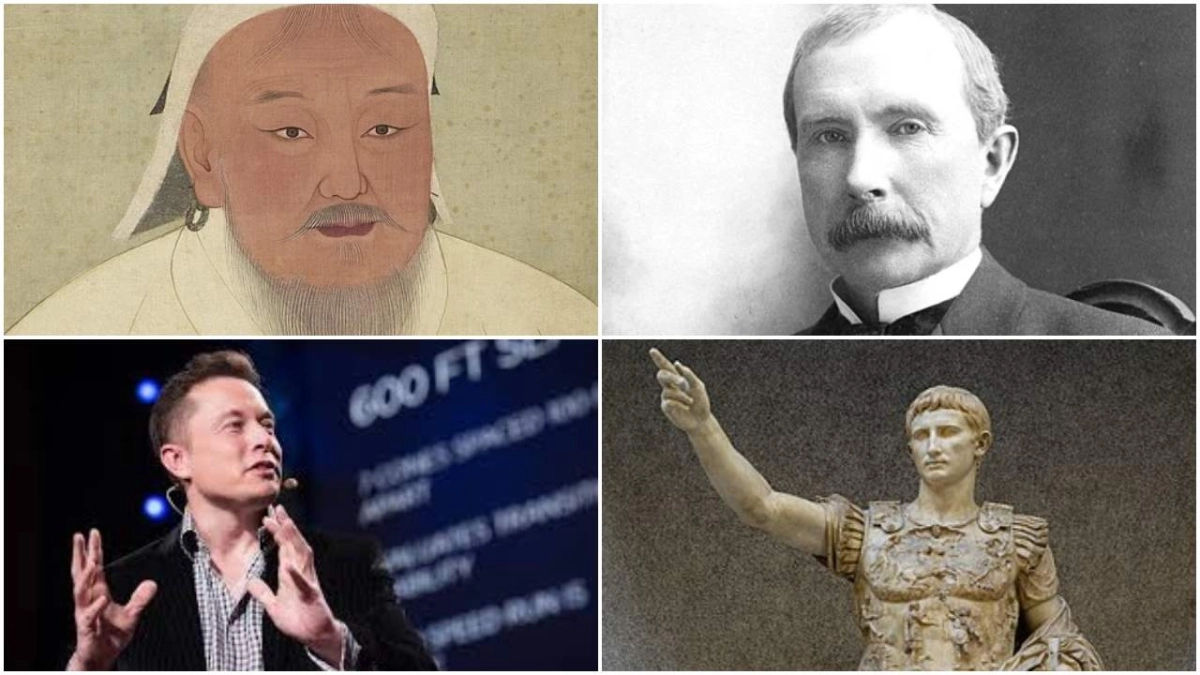In the verdant expanses of the Yucatán Peninsula, the stone colossi of Chichen Itza stand in testament to the boundless celestial and cultural pursuits of the ancient Maya civilization. Emanating from the massive structures and intricately carved stones is a mystique that transcends time, hinting at the cosmic tapestries woven by this once-vibrant civilization.
A Sacred Nexus of Time and Space
Nestled amidst the lush tropical forests, Chichen Itza, with its staggering El Castillo pyramid, sacred cenotes, and ethereal carvings, serves as a conduit between the terrestrial and the astronomical, reflecting the Maya’s profound understanding of cosmic cycles. The Kukulkan Pyramid, known for the serpentine "descent" of the god Kukulkan during the equinoxes, is an architectural and astronomical marvel that orchestrates light and shadow into a celestial dance.
The Maya: Stellar Navigators
The Maya were unrivaled stellar navigators and calendrical visionaries of their time. Their sophisticated understanding of the cosmos was intimately intertwined with their daily lives, religious practices, and societal organization. El Caracol, or the Observatory, with its peculiar round shape and strategically placed windows, exemplifies their intricate knowledge of Venus’s cycles and other celestial phenomena, aligning perfectly with the planet's appearances and disappearances on the horizon.
Reflections of Belief in Stone
Chichen Itza isn't merely a reflection of scientific acumen but also a stone tapestry of the spiritual and cultural values of the Maya. The Platform of Skulls, Tzompantli, paints a grisly picture of the civilization’s rituals, revealing aspects of their beliefs in life, death, and the afterlife. Similarly, the Great Ball Court echoes the symbolic resonance of the epic ball games that were far more than a sport, serving as a metaphor for the celestial battles that ruled the heavens.
A Metropolis of Power and Decline
As an epicenter of political power and spiritual pilgrimage, Chichen Itza thrived, weaving together the myriad city-states of the Maya under a common cosmological and cultural umbrella. Yet, as with all civilizations, it was not immune to decline. The reasons, lost amidst the vines and stones, may be a mosaic of resource depletion, internal strife, and climate variability. The ruins stand as silent witnesses to their rise and fall, holding tales of power, conquest, and surrender within their weathered walls.
A Continual Unraveling
Despite centuries of study, Chichen Itza retains its mystical shroud, prompting scholars and explorers to continually seek answers from its astronomical alignments, architectural marvels, and storied stones. As we walk amidst its ruins, we engage in a dialogue with our ancestors, seeking to understand their worldview, which seamlessly entwined the spiritual with the scientific.
The temples and celestial tapestries of Chichen Itza are far more than mere stone structures; they are chronicles of a civilization that looked to the stars to guide their terrestrial journey, a philosophy that melded the divine with the daily, and a culture that, even in its decline, left an indelible mark upon the canvas of human history.
In exploring and preserving Chichen Itza, we do not merely uncover the secrets of the past; we ensure that the celestial songs of the Maya continue to echo through the corridors of time, whispering ancient wisdom to generations yet unborn.









